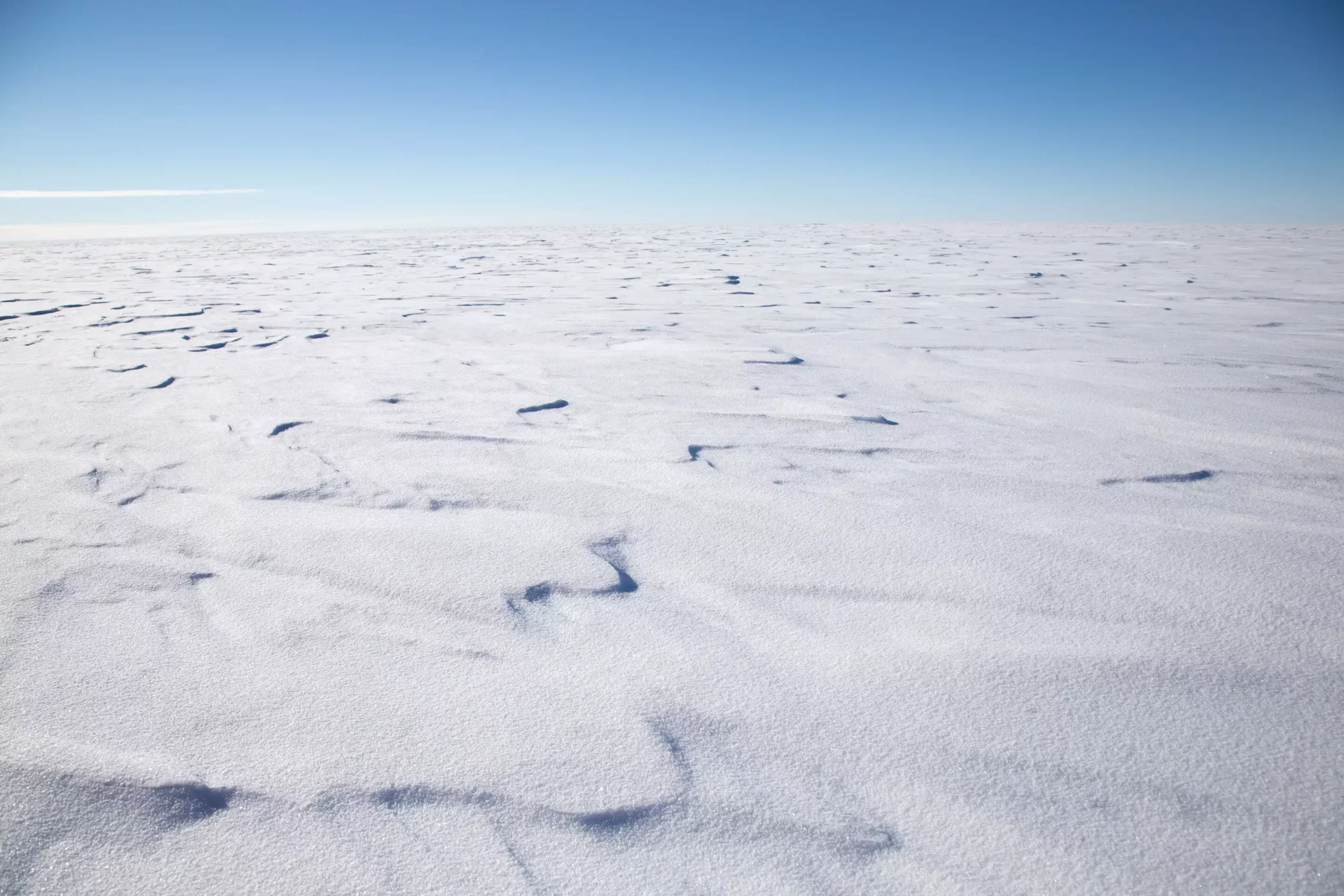The Thwaites Glacier in Antarctica has long captured the attention of scientists and climate experts due to its massive size and critical role in regulating sea levels. Recent research conducted by British and American scientists has revealed alarming insights into the glacier’s future, suggesting that the ongoing effects of tidal action and warmer ocean temperatures could dramatically accelerate its melting. This article explores the variables at play, the potential for instability in the West Antarctic Ice Sheet, and the broader implications for global sea levels.
The Role of Thwaites Glacier in Sea-Level Regulation
Thwaites Glacier, often referred to as the “Doomsday Glacier,” spans an area comparable to Florida and acts as an essential stabilizing force for the West Antarctic Ice Sheet. Thick in certain regions—exceeding two kilometers (1.2 miles)—it plays a critical role akin to a cork in a bottle, preventing substantial quantities of ice from pouring into the ocean. If Thwaites were to collapse, projections indicate immediate sea-level increases of approximately 65 centimeters (26 inches), with the potential for an even more drastic rise of 3.3 meters if the entire ice sheet were to fail. This potential rise is particularly concerning as current sea levels are already increasing at a rate of 4.6 millimeters annually, causing widespread anxiety about the implications for coastal communities.
Researchers from the International Thwaites Glacier Collaboration (ITGC), which includes experts from the British Antarctic Survey and the U.S. National Science Foundation, have pointed to an increased rate of retreat in Thwaites Glacier over the past three decades. Despite some models suggesting that compliance with the Paris Agreement could help mitigate its retreat, the overall outlook remains grim. Rob Larter, a marine geophysicist involved in the study, underscored the glacier’s precarious situation, stating, “Our findings indicate it is set to retreat further and faster.” This acceleration raises serious concerns about the future stability of the entire ice sheet.
The Mechanics of Melting: Tidal Action and Warm Water Intrusion
A significant component of this research involved the exploration of the glacier’s underside using advanced robotic technology. Findings indicated that the glacier has a thin layer of relatively cold water acting as an insulating barrier; however, tidal actions are decidedly complicating this situation. When sections of the glacier lift off the seabed, warmer ocean water is effectively injected under the ice, disrupting this insulating layer. With pressure pushing warm water as far as 10 kilometers (6 miles) beneath the ice, researchers predict a quickening of the retreat of the grounding zone—the area where the glacier connects with the seabed.
Such phenomena have already been observed in Greenland, further emphasizing the real-time implications of climate change on glacial dynamics. Scientists caution against underestimating the potential for rapid calving events from increasingly unstable ice cliffs, warning that this could initiate a feedback loop leading to runaway glacial retreat—capable of rising sea levels substantially by the end of this century.
One of the contentious questions arising from this research is whether the loss of Thwaites Glacier is already irreversible. While extreme snowfall events in Antarctica have historically contributed to replenishing lost ice, Michelle Maclennan, a climate scientist with the University of Colorado at Boulder, highlighted a concerning imbalance: “There is more ice loss occurring than snowfall can compensate for.” While global climate change may initially lead to increased snowfall as a result of heightened moisture levels in the atmosphere, this trend is anticipated to shift to rainfall and melting as temperatures rise.
This dual-mode melting—from above and below—could catalyze a self-reinforcing cycle of ice loss. The timing of this shift remains contingent upon global progress in mitigating climate change, emphasizing the urgency for coordinated international action to reduce greenhouse gas emissions.
As the Thwaites Glacier continues to demonstrate alarming rates of melting, its repercussions for global sea levels cannot be overstated. The integration of new research findings into climate models is essential for refining predictions and informing policy responses. In this critical moment for our planet, it is imperative to prioritize climate action and protect vulnerable regions from the impending threat posed by rising seas. The future of the Thwaites Glacier, and in turn, the stability of coasts worldwide, hangs in the balance.


Leave a Reply